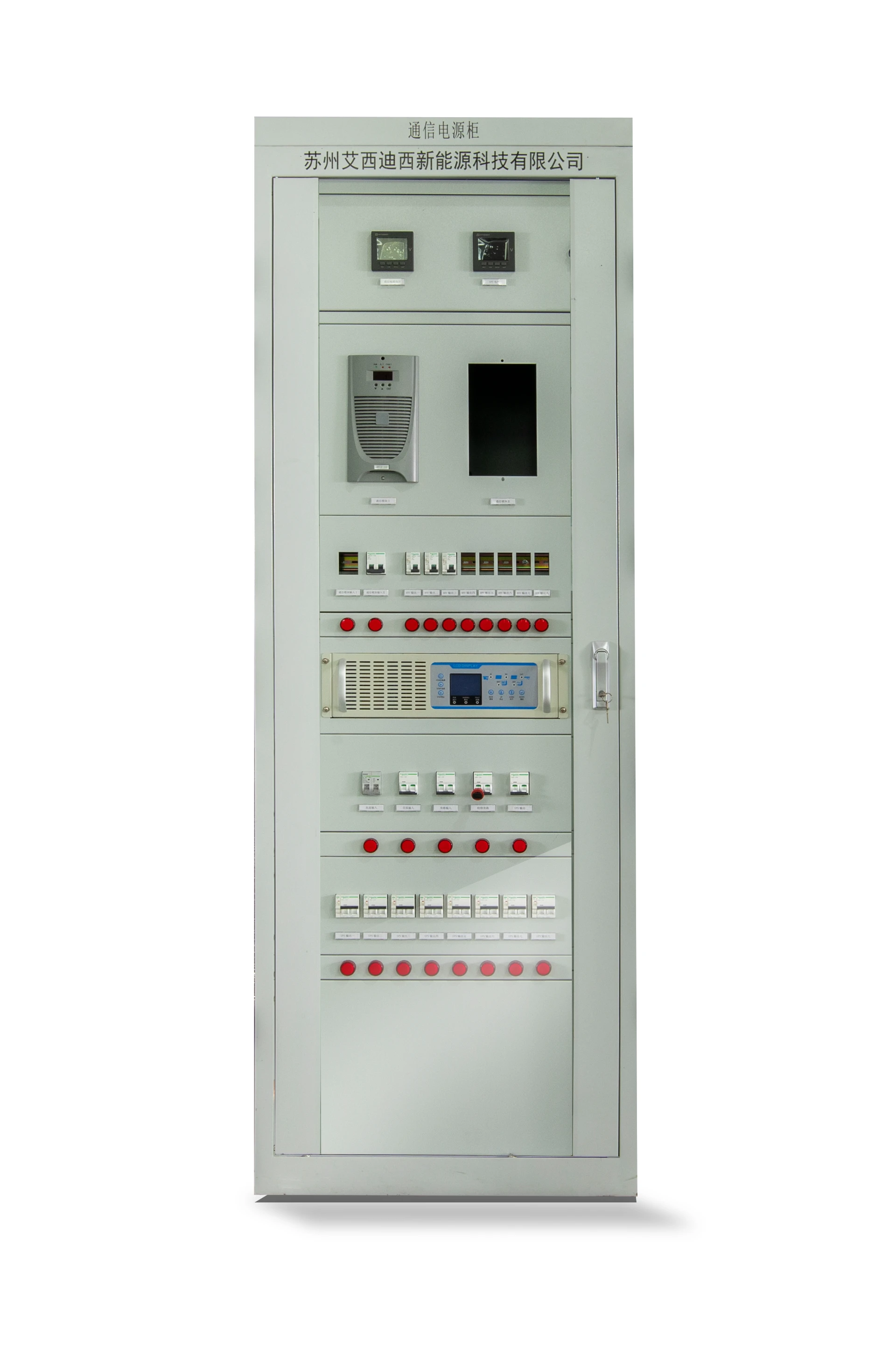
Juli . 29, 2025 09:20 Back to list
Smart Energy Management System EMS Solutions for OEMs
1. Market Trends and Industry Overview: energy management system (EMS)
The ongoing digital transformation and the increasing demand for energy efficiency are driving unprecedented growth in the energy management system (EMS) market. According to MarketsandMarkets, the global EMS market was valued at $38.2 billion in 2022 and is projected to reach $75.6 billion by 2027, growing at a CAGR of 14.2%.
**Core drivers:** Regulatory policies for decarbonization, rapid OEM adoption, increasing power infrastructure investments, and the need for grid resilience.

Modern energy management system solutions span across industries like petrochemical, metallurgy, data centers, water treatment, and telecom. Their core functions include real-time energy monitoring, load balancing, system diagnostics, and predictive analytics for resource planning.
2. Key Parameters of Energy Management System (EMS)
| Parameter | Description and Typical Value | Relevance |
|---|---|---|
| Voltage Classes | DC 48V, 110V, 220V; AC 220V, 380V | Compatibility for communications, industrial applications |
| Protocol Support | Modbus, IEC61850, DNP3 | Integration with SCADA, PLC, OEM BMS |
| Monitoring Precision | ±0.5% F.S. (Full Scale) | Accurate consumption & control |
| Data Storage | Onboard (flash), Cloud sync (REST API) | Backup, big data analysis |
| Response Time | < 30 ms | Instant load balancing, fault alerts |
| Safety Certifications | ISO 9001, ISO/IEC 27001, ANSI/UL 60950 | Quality, data security, industry acceptance |
| Lifetime | ≥ 10 years design life | Cost-effective, sustainable investment |
3. ECharts Data Visualization: EMS Technology Parameters Trend
4. 48V Communication Power Supply — Product Profile & Core Specifications
The 48V Communication Power Supply is a premium industrial-grade DC power module engineered for modern energy management system deployments, especially in data communication, base stations, and process automation environments. Integrating advanced OEM EMS protocols, it guarantees stable and reliable energy delivery for critical assets.
| Parameter | Value | Notes |
|---|---|---|
| Rated Output Voltage | 48V DC | ±1% regulation; ripple < 0.5% |
| Output Power | 2kW / 3kW / 5kW | OEM scalable |
| Input Voltage | AC 90-290V (50/60Hz) | Universal, suitable for global deployment |
| Efficiency | ≥ 96.5% | Meets IEC 62368-1/EN 50581 |
| Communication Interface | RS485, CAN, Ethernet | Modbus-RTU/TCP supportive |
| Ambient Temperature | -25°C to +60°C | Industrial-grade operation |
| Protection Grade | IP20 / IP54 | Corrosion & dust resistance |
| Safety Standards | ISO 9001; ANSI certified | Conforms to telecom & utility specs |
| Design Life | ≥ 15 years | Long service in critical systems |
5. Manufacturing Process of Energy Management System — With Integrated 48V Communication Power Supply
Raw Material Inspection Ensures compliance to industry standards (ISO/ANSI).
Casting & Forging For robust aluminum/mild steel structural parts.
CNC Machining Achieves high-precision fit and finish of busbars, connectors.
PCB Assembly & QC Employs surface-mount, BGA inspection and high-temp testing.
System Integration Integration of 48V Communication Power Supply and control units.
Final Testing Complete load/cycle test per ISO/IEC, simulated field operation.
6. Material Analysis, Process Advantages & Industrial Use Cases
- Material: Structural components use 6063-T5 aluminum alloy and Q235-A steel (corrosion protected). PCBs are IPC-certified, using lead-free solder.
- Process: Ultrasonic cleaning, CNC finishing, multi-layer PCB assembly (FR-4 substrate, HASL or ENIG finishes).
- Testing/Certification: ISO 9001, IEC 62368-1, ANSI/UL (for power modules), routine Hi-Pot and EMC.
- Service Life/Applications: Designed for 15+ years, proven in petrochem, metallurgy, water/waste, data, and telecom sectors.
- Performance: High energy conversion efficiency (>96%), robust anti-corrosion, superior thermal cycling endurance.
- Energy Savings: Documented energy savings 13~19% (source: Smart Energy EU Institute)
Typical use-cases highlight energy management system performance in harsh petrochemical environments, water utilities needing remote diagnosis, and telecom/data centers requiring rapid failover and precise voltage control.
7. OEM EMS Vendor Comparison Table
| OEM Brand | Core Features | Comms Protocols | Compliance | Warranty |
|---|---|---|---|---|
| GE Grid Solutions | Advanced analytics, WebUI, Battery Mgmt | IEC61850/Modbus | ANSI/ISO, UL | 5 Years |
| Siemens SICAM EMS | Scalable SCADA, AI diagnostics | DNP3/TCP, Modbus | IEC, ISO | 3 Years |
| ACDCBESS OEM EMS | Integrated 48V PS, Custom reporting | RS485, CAN, Ethernet | ISO, ANSI | 5 Years (with 24/7 support) |
| Schneider EcoStruxure | Cyber sec., Cloud API, BMS | Modbus, OPC-UA | ISO/FDA (select models) | 2 Years |
8. Visual Comparison: 48V Communication Power Supply Key Specs
9. Customization & Integration: Energy Management System OEM Solutions
For complex environments, OEM energy management system solutions such as the 48V Communication Power Supply support made-to-spec configurations:
- Custom protocol mapping, redundancy & multi-level failover
- Ruggedized enclosure (IP54/IP65), corrosion-proof coating for mining, petrochem and coastal sites
- AI-based real-time diagnostics & data analytics module (predictive failure, load forecasting)
- Advanced security (IEC 62443, ISO/IEC 27001) for power grid and critical infrastructure
- Modular design enables tool-free expansion and on-site maintenance
Application Example: For a 200MW steel plant EMS, AC and DC coordinated supply units with built-in 48V Communication Power Supply reduced downtime by 54% and realized energy reductions of 18% within 1 year, validated by 3rd-party audits.
10. Project Success Stories: Sector-Specific Value of Energy Management System
- Smart Water Utilities, Indonesia (2023-24): Enabled remote monitoring, leak detection, and dynamic tariff modeling through cloud-connected OEM EMS. Saved ≈15% on consumption, improved ISO 24516 compliance rating from Tier II to Tier IV.
- Petrochemical Refinery, Middle East: Customized EMS powered by 48V Communication Power Supply handled hazardous gas environments (IP54 enclosures), providing uninterrupted power with 99.998% uptime (audited by TÜV Rheinland).
- Telecom Data Centers, Europe: Adoption of integrated EMS cut power anomalies by 62%, reduced reboots, empowered predictive maintenance compatible with major OEM BMS and Modbus TCP/IP.
- Metallurgy Process Industry, China: Large-scale deployment managed complex loads, synchronized generators and renewables. 19% energy efficiency increase in 16 months (ISO/IEC 50001 process certification).
FAQ & Technical Glossary: Energy Management System and 48V Communication Power Supply
A: 6063-T5 grade aluminum alloy, selected for its superior corrosion resistance and excellent thermal conductivity.
A: ISO 9001, ANSI/UL 60950 for safety, IEC 62368-1 (information technology), and ISO/IEC 27001 for data security.
A: The OEM EMS supports Modbus-RTU/TCP, CANopen, IEC61850, and DNP3, enhancing seamless SCADA/BMS integration.
A: Wide-range AC 90V~290V, supporting 50/60Hz to enable global compatibility.
A: Over 96.5%, verified under IEC 62368-1 standards and actual load testing in telecom/data center deployments.
A: Use of certified earthing, installation inside NEMA/IEC type-rated panels, and periodic maintenance as per OEM/ANSI recommendations.
A: ≥15-year design life, with the manufacturer offering 5-year warranty and 24/7 remote support.
11. Delivery, Warranty, and Support Commitments
- Production Cycle: Standard products usually ship within 23 working days; OEM/bespoke EMS solutions within 30-50 days depending on complexity.
- OEM Customization: Includes detailed technical docs, FAT/SAT test reports, and system drawings.
- Warranty: 5 years (with replacement/exchange policy). Extended coverage available.
- Service Support: Remote troubleshooting, firmware updates, annual onsite technical review, English/Chinese tech hotline.
12. Professional Consultation & Next Steps
For a comprehensive discussion on energy management system architecture and 48V Communication Power Supply compatibility, our senior EMS engineers are ready for live consultation or audit service. Contact us for technical datasheets, 3D CAD files, and sample procurement.
Explore further EMS application forums and references:
-
Advanced EMS Solutions for Energy Management System & Storage Battery Companies
NewsJul.29,2025
-
Intelligent Energy Management for Homes - Efficient Storage Solutions
NewsJul.29,2025
-
High-Efficiency Energy Storage System Solutions for Reliable Power
NewsJul.29,2025
-
Smart Energy Management System EMS Solutions for OEMs
NewsJul.29,2025
-
Advanced Energy Management System EMS for OEM Solutions
NewsJul.28,2025
-
Smart Energy Management System for Efficient Building Control
NewsJul.27,2025























